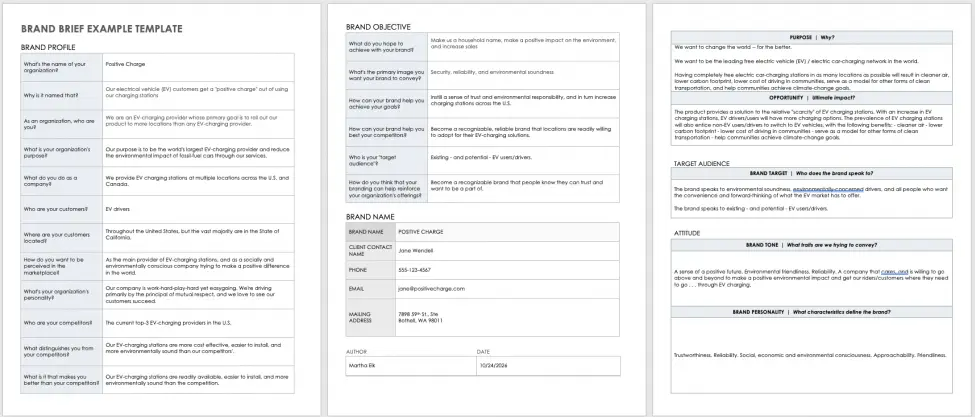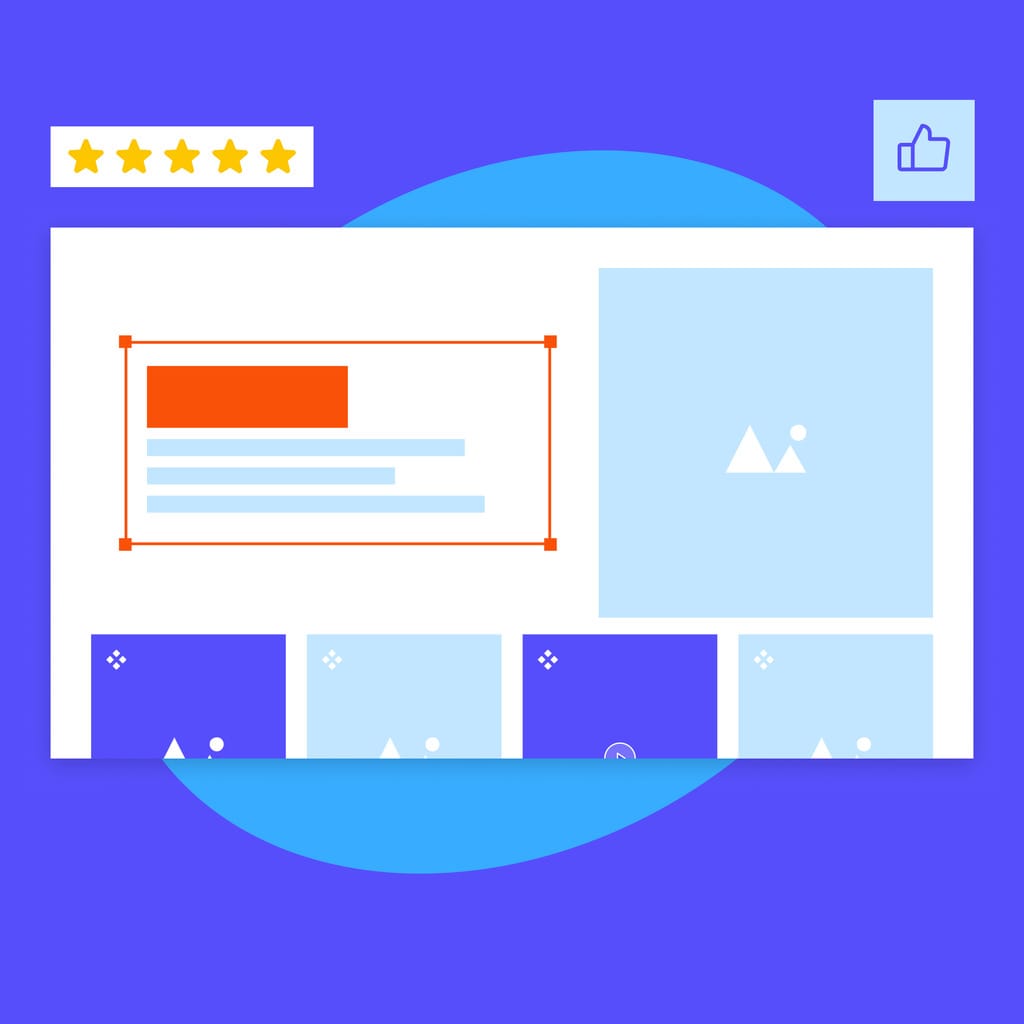Every successful company started as an anonymous organization, and nearly all of them had one or two shared elements that helped them reach entrepreneurial superstardom. Those were either excellent services, revolutionary products, or eye-catching branding.
Good branding makes a firm recognizable, and it tells a story about it, potentially influencing buyer decisions. People are generally more inclined to buy from a recognizable brand, and would even purchase new products from a company with a brand identity that resonates with them.
However, before that can happen, every company must undergo a rigorous branding design process that breathes life into a company’s narrative and creates a story people can relate to.
Branding Essentials
The word “brand” tends to be overused lately by marketers and developers, often referring to the company itself. Branding is, in fact, a part of an organization’s corporate identity, with the aim of making a firm instantly recognizable and trustworthy while also evoking certain emotions in the consumer.
As such, every brand has three essential components:
- Brand identity: This represents the visual elements of the brand, from the color palette to design, typefaces, and brand logos.
- Brand design: The branding design process starts when the essential visual elements have been approved, and this is the process that makes a company’s story really come to life in the sense of marketing and online/offline presence. This is where the company’s name, symbols, and logo come to life and stand out, serving as attention-grabbing business and marketing assets.
- Brand promise: The promise of a brand is how the audiences will perceive what the products offer and what the customer will expect. This is also important: if your customers see the brand as a trustworthy company that offers excellent value, it can help you create more effective marketing strategies.
The Branding Design Process: Uncovering The Brand Identity Design Process
Onboarding You, The Client
To get the brand identity process started, designers must know and understand the company.
This step is about understanding the personality of the organization and pinpointing the image they want to project to their potential customers. Are they funny? Geeky? Smart? Figuring out this step is essential as it will be a crucial part of creating the overall design and story of the brand, assessing the correct narrative, color psychology, and more.
It’s essential for brand designers to gather as much info about their new client and their brand as possible. These experts need to get a feel for the brand by meeting the owner and some company leaders and assessing their current branding assets, social media accounts, products, websites, services, etc.
Lastly, the two sides will discuss another critical question: project budget.
Answering Design Briefs
To adhere to the correct branding principles, designers will want to explore the nooks and crannies of the company’s identity to create a branding strategy that will appeal to customers.
This step will help set up the proper basis for target audience messaging, define main design formats, and narrow the list of the most appropriate digital marketing channels.
The best way to go about this would be simple but effective questionnaires. The first can be about the organization’s target market; the second could be about the company’s purpose, values, etc.

Doing The Research
The following step would be researching your competitors and your market to see where your brand will have to compete.
Knowing what the market looks like can help you create a comparative analysis and can potentially help you avoid emulating other’s branding. You will also gain more understanding of different companies in the same market space, enabling you to see how their ideas compare to yours.
Research also enables you to copy and improve upon tactics and strategies that have worked successfully for other brands.
The Importance of Colors
There’s no successful and effective startup branding without setting up the right colors. The colors you choose can make or break your brand, so it’s pivotal that stakeholders, company execs, and branding experts all get a say in the matter and opt for something that serves the company best.
Mood boards are a great way to get started, as the collections of typography chives, color swatches, and design examples can help identify the right branding route for the company.
Regarding colors, a good color palette will typically have six colors in it, with a mix of dark, medium, and light tones. Six swatches are also ideal, and the six colors are often separated into accent and dominant categories.
Defining the color palette and putting the swatches next to each other is the best way to see how the different colors work together.
Addressing Visual Elements
Brand design isn’t solely about crafting a logo. It encompasses a broader spectrum, including typography, shapes, symbols, and characters. These visual elements ensure cohesion across various platforms like websites and social media.
Icons, shapes, textures, patterns, and lines are supporting elements in the branding design process. They complement text and other dimensions to create a unified brand identity.
Prepare the Branding Concepts
Once the colors have been selected and the research is done, company owners and designers can move to the next step, which is the preparation of brand concepts.
Use everything you’ve agreed to this point and let the design team develop test concepts like banners, social media graphics, business cards, and billboards. The primary purpose is to create test concepts to help shape the final design.
Review and Approve The Design
The review and approval process may become lengthy, making it even more critical to streamline the entire process.
In the case of an entire brand design process, there will be a lot of elements to review, like typography examples, different color palettes, logo variations, and other concepts. To make this easier for both parties, designers will often use proofing software to streamline the process, helping to create a balanced system for approvals.
Finalizing and Transferring Approved Assets
When the approval processes are finally finished, the design team will be tasked to finalize the company’s style guide.
A style guide is essential to ensure consistent branding after the final files are handed over. It encompasses all design features into one comprehensive document. This will ensure that branding consistency will be upheld in the future, meaning that if other designers take the project over, they will have access to already approved color palettes, logo variations, textures, mood boards, typography, and everything else for creating branded marketing materials.
The final step also involves transferring all approved design files to the company. This can be efficiently done by creating a master folder and organizing files into subfolders for easy access. Continued online proofing is recommended to maintain and share project files as brand design and guidelines evolve over time, necessitating updates to logos, colors, and other visual elements.
Branding Design Process: Best Practices
Before we conclude, here are some tips to make the process more streamlined for designers and clients.
- Collaboration: Working together is essential as it will speed up the process and reduce potential errors and misbranding.
- Iterate: Both designers and clients must know there will be several rounds of reviews and approvals, as the branding process involves revising and refining different ideas based on insight and feedback. Feedback may come from potential customers and stakeholders, making the adjustments necessary to improve the potential of future marketing campaigns.
- Testing: User testing is also crucial before launching any branding assets. Conducting user tests lets designers and clients better understand how effective the brand is in communicating its core values with customers.
- Flexibility: While consistency is vital in maintaining brand identity, adapting to market or brand strategy changes is essential. Design should evolve alongside the brand to remain relevant and competitive. By being flexible and open to innovation, brands can seize opportunities for growth and adaptation. Whether responding to shifting consumer preferences or embracing new design trends, flexibility ensures that the brand remains dynamic and responsive to change.
- Document: Designers should be reminded to document everything. As mentioned, this will help maintain consistency and support future design projects. Having detailed records of design decisions, feedback, and different design variations ensures that everyone is on the same page during the design process. Additionally, thorough documentation is crucial to ensure accountability and transparency and can be an excellent foundation for potential redesigns and rebranding projects if necessary.
- Stay up-to-date: As tech and design trends constantly change and evolve, brands must stay on top of their game to stay relevant. Continuous monitoring of these advancements and trends helps brands assess whether their visual identity is still up to par with the competition and the market. This doesn’t necessarily mean that brands will have to reinvent themselves from time to time. Instead, it means adopting new design tools and incorporating the latest trends into marketing assets, and so on.
Brand Away!
Getting the brand design process right is essential for making the right impression in front of your target audience.
From choosing the right colors and fonts to getting the messaging right, several aspects of the branding design process might not seem like significant factors in the first place but play a massive role in how your potential customers will perceive your company.
The brand identity design process should be approached like any other important element of your business. The necessary legwork should be put in, including market research, color research, filling out questionnaires, running customer testing, and reviewing several rough design concepts to be 100% happy with the final result.





